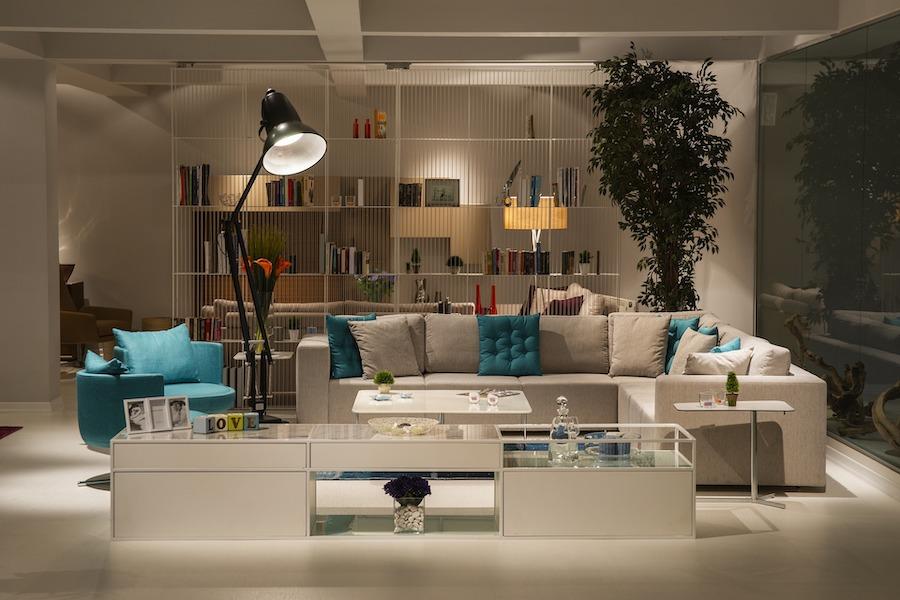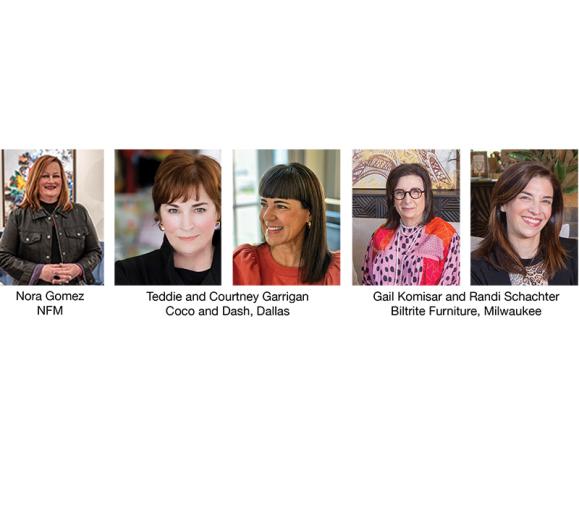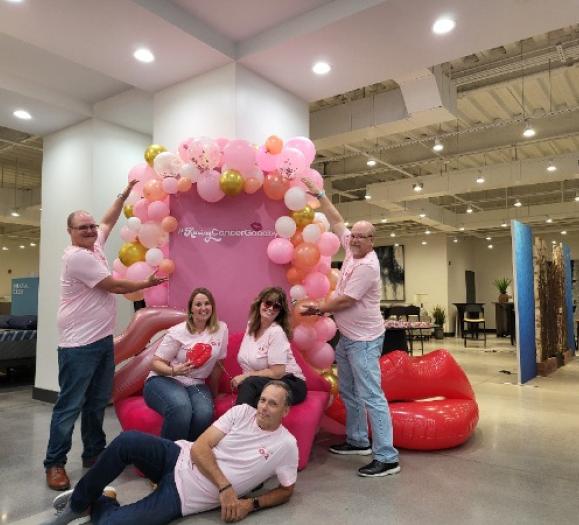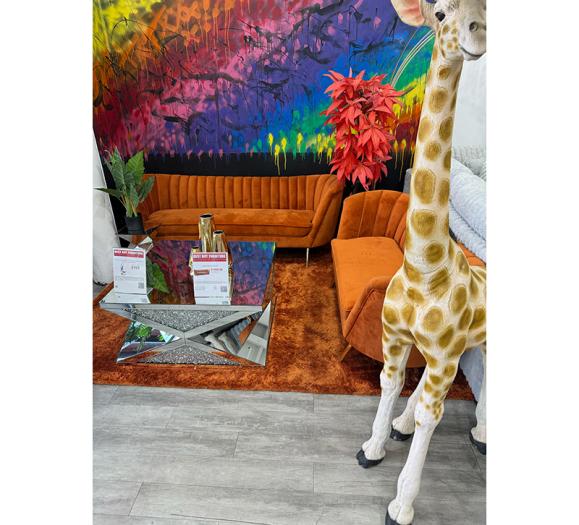After months of stay at home orders and social distancing, retailers across the country are reopening their doors to customers, but the state of retail looks different now than it did before coronavirus. We spoke with Mark Schumacher, Executive Vice President of the Home Furnishings Association (HFA), to get his take on the state of retail and to learn about what resources the association provides.

Furniture, Lighting & Decor: How have store closures impacted your members?
Mark Schumacher: We’ve had members who were completely shut down, those that were partially shut down and those that intentionally changed their methods based on what was going on even before the government stepped in. I don’t think we’re going to know until the end of this year what this closure has meant for some businesses because there will be some that will not survive. However, we’ve seen an incredible bounceback since reopening that has thrown sales in the other direction.
I think the biggest COVID-related situation for retailers was just a hard look at their business from the standpoint of the cash coming in the door and what they’re spending on. They’ve looked at everything as a result of this coronavirus situation to reshape their business, to fit, not just this pandemic, but what happens during the next major disruption, whatever that may be. This has been a wake up call, big time.
FLD: What are the most critical actions retailers have to take in advance of reopening?
MS: Everything revolves around health and safety protocols. Optics is everything. If a retailer was seen as not being health and safety conscious in this environment, no one would go into their stores. The first thing that they all have to do is guarantee the health and safety of their employees, because at the end of the day, employees are going to be the ones leading that conversation with customers.
Our home furnishing retailers are living and breathing right now because they are setting up appointments where they can control the flow of people coming into the store. And then what do you do afterwards? People want to sit on the chair that they’re looking at. They want to lay on the bed they’re interested in. Every retailer is looking at ways to sanitize and clean after a customer comes through. Cleaning solutions and processes are different for each type of material, each type of construction of a piece of furniture. That’s really another thing that they just have to have in order because you can’t do that on the fly.
FLD: How can retailers support staff who are uncomfortable returning to work?
MS: Initially, taking all of the precautions and making certain that it’s very specific, not just in the signage that they have, but in their protocols and processes. Making it clear to the employees exactly how it’s going to play out is absolutely number one.
The other piece of this is to make those employees feel more comfortable. The last thing they want to do is force somebody into a situation they don’t want to be in. They are really trying to build that trust through very defined processes for the health and safety of the employees, making sure they understand the role they play, and then letting them understand that they’re a part of the process.
These types of approaches are wonderful, but if they have not built these relationships with their employees up to this point, it’s a steeper hill. The companies that have always been so employee-forward and really provided a culture where an employee feels valued and feels that they belong as part of the enterprise, then they are the ones who will become the standard bearers for these new protocols.
FLD: What practices implemented during the pandemic will stick around in the long-term?
MS: I think there’s been a paradigm shift on a lot of things, and some of it is old school. I think the realization that you have to meet the customer through the communication channel that they want is the biggest change. No longer is it, “Let’s just put out all the ads and let’s get as many people as we can to this big weekend sale.” You can’t do that right now. And knowing that people are going out very judiciously. Close rates are through the roof. I don’t think that’s going to change. I think people will come back to the stores for that experience, but e-commerce is not going to go away. Online is not going to go away, but I think some of these more basic good customer engagements are going to be a part of our future forever.
FLD: What resources has the HFA provided?
MS: This association was formed 100 years ago for this exact thing. A hundred years ago, there was another pandemic. Retailers wanted to be able to share best practices, to learn from each other and then collectively come together and be able to put one voice forward.
The biggest thing that we have done that has resonated the most has been our government relations action team. One of the biggest impacts we have had not just on our members, but on the industry as a whole, is leading the commentary and the charge on what the industry needed.
Secondly, we provide many resources and programs for our members. We worked with our vendor partners to offer immediate online assistance to get retailers into e-commerce as quickly as possible. We put together a specific COVID resource page on our webpage. We’ve put resources on that page to connect retailers with everything, such as what are the latest things happening in Washington? What are the latest CDC recommendations?
We do have a product program, so there are certain smaller-end products, masks and things of that sort, that we’ve been able to source that we’ve gotten to the smaller retailer who doesn’t have the ability to get what they need. We provided the resources directly through our products program on a relatively small scale, but it’s really been connecting the retailers with these resources and where to find them.
Many of our programs have been historically for members only. We decided from the first day to open it up to all retailers. This is industry-forward. If we’re not supporting the entire industry, then shame on us.







